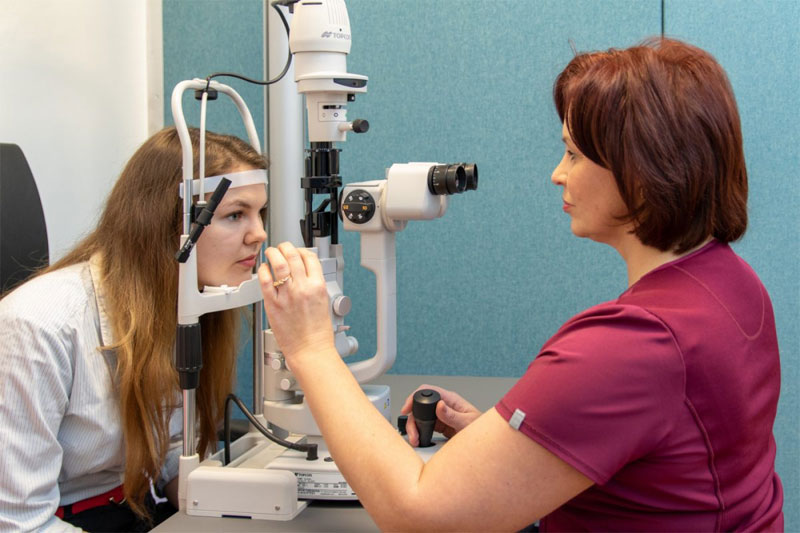Category: B
-
Balance method
A method that quantitates intake versus excretion of a given nutrient. When balance is positive, intake exceeds excretion; when negative, excretion exceeds intake.
-
Baby bottle syndrome
Extensive dental caries that form in children allowed to nurse on bottles of fluid that contain carbohydrate. Usually the syndrome is noted in children less than two years of age who have been habitually put to bed with a bottle of milk or juice. Decay of primary teeth in older infants and toddlers related to…
-
Bubble test
A test used in evaluating the fit of a scleral contact lens, in which the lens is inserted dry so that an air bubble will appear underneath the lens; interpretation of the bubble test is based on the time taken for the lens to fill with tear fluid.
-
Bi-vision bifocal
A bifocal contact lens designed so that the wearer sees through both the distance and the near portions of the lens simultaneously.
-
Bi-toric lens
A contact lens having toroidal curves on both the front and the back surfaces.
-

Biomicroscope (slit lamp)
An instrument used for observing die tissues of the eye, consisting of a bright slit source and a binocular microscope. A microscope used with a slit lamp for viewing segments of the eye.
-
Bi-curve lens
A corneal contact lens having a base curve which comprises most of the back surface of the lens, and a relatively narrow, flat bevel or peripheral curve.
-
Benzalkonium chloride
A preservative used in contact lens solutions. Discover a commonly employed preservative extensively utilized in eye drops, as well as various cosmetic and mouthwash products. This preservative serves a vital role in maintaining the integrity and stability of these formulations, ensuring their longevity and effectiveness. With its widespread use across different consumer goods, including products…
-
Bearing surface
The surface of the cornea (or the sclera) upon which the lens rests, for example, central bearing or peripheral bearing.
-
Base curve
Back surface curve of a contact lens. If the back surface contains more than one curve, the base curve is that curve which corresponds to the optical zone of the lens.